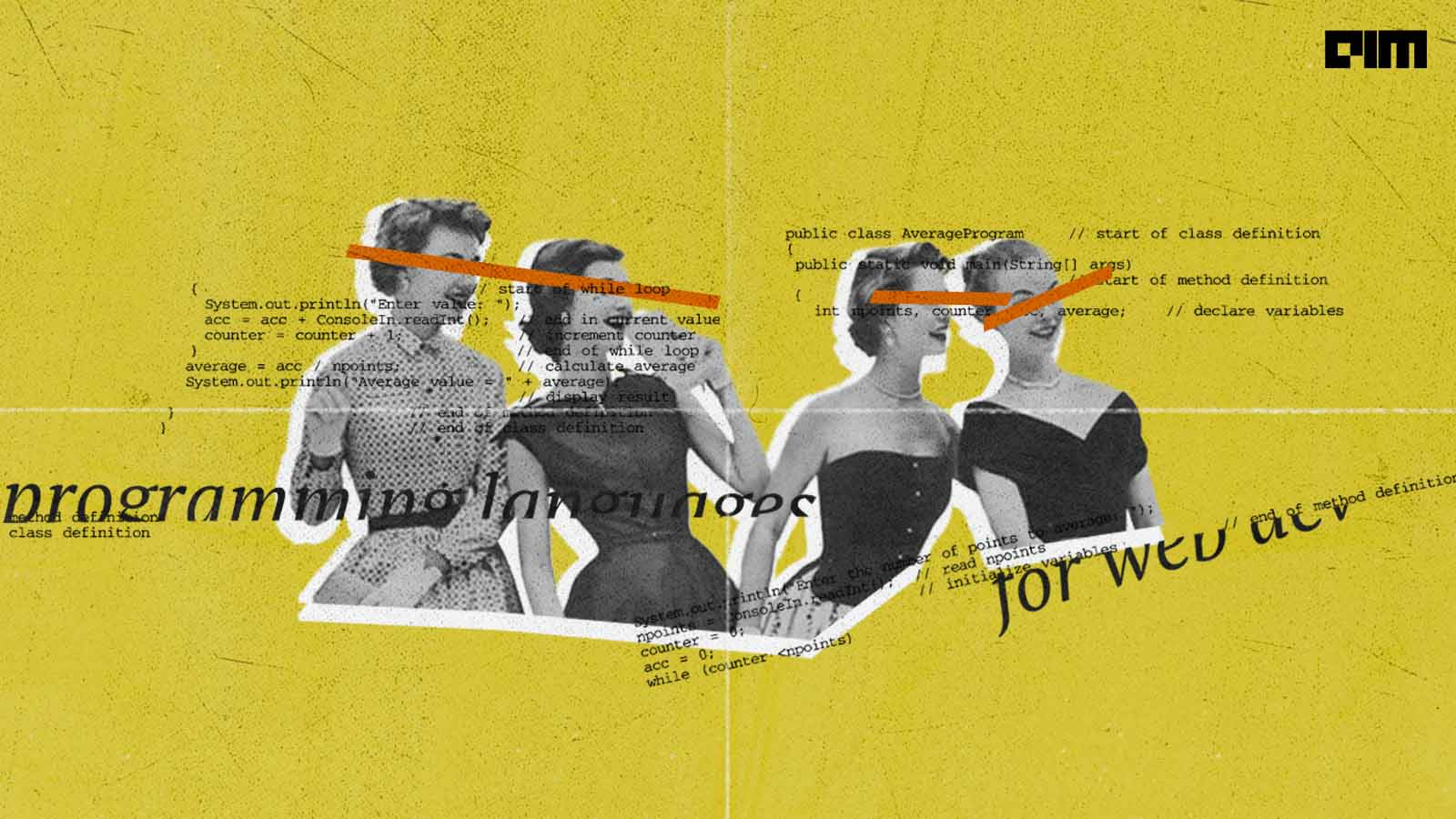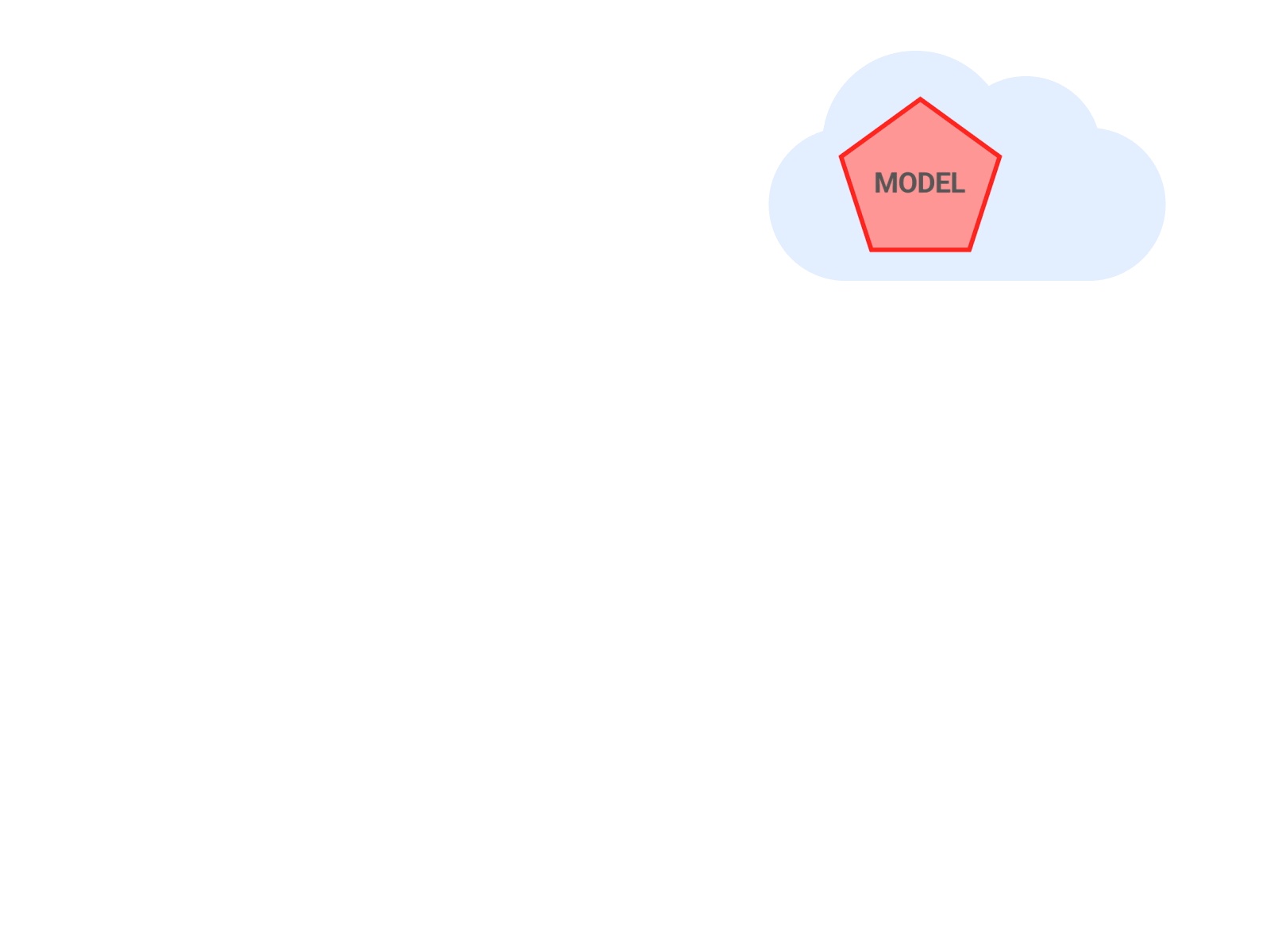5 Most Popular API Architectural Styles for Developers

Two separate applications need a mediator to talk to each other. APIs or Application Programming Interfaces enter a developer’s world to help them build bridges. Over the years, different API architectural styles have been released and each of them has its patterns of standardizing data exchange.
The architectural style is the predefined set of characteristics and features of the API. It is a software interface that provides a service to other programs. But how do we know which style is appropriate for a particular API?
Here are the five most-popular API architectural styles.
REST API Style
Authored in 2000 by Roy Fielding in his doctoral dissertation, REST accounts for up to 80% of APIs. REST is an acronym for REpresentational State Transfer and describes an architectural style for creating distributed web services. REST allows users to use standard HTTP requests to call code and receive responses remotely.
The style is stateless, so all information to complete the request is included in the request. This simplifies the API by removing the need for server-side state synchronization logic. This also makes scaling easier, as any server can handle requests without tracking sessions.
Pros
- Decoupled client and server allow for a better abstraction. The style is flexible enough to evolve while remaining a stable system.
- The ability to support data in multiple formats is one of the major reasons REST is currently a prevailing choice for building public APIs.
Cons
- The style does not provide a single REST structure to build an API. Modeling resources depends on a particular scenario which is difficult to execute.
- REST returns a lot of metadata, which is no big deal for a big network pipe with huge bandwidth capacity. But that’s not usually the case. This factor led Facebook to develop the GraphQL style description in 2012.
GraphQL API Style
Giving tough competition to REST, GraphQL is a data fetching language that allows clients to describe their data requirements with a JSON-like format declaratively. In this respect, it is comparable to SQL. Furthermore, GraphQL is database agnostic and allows users to deal with any database.
Pros
- GraphQL selectively exposes certain functions while preserving private information.
- GraphQL’s detailed error messages include all the resolvers and refer to the exact query part at fault.
Cons
- The design does not reuse HTTP caching semantics, so it requires a custom-caching effort.
- GraphQL is powerful but not the best option for complex queries. Too many nested fields in a single request can lead to system overload.
RPC API Style
RPC, or Remote Procedure Call, is an API style for distributed systems that has been around since the 1980s. When using an RPC framework, calling a remote procedure should be as simple as calling a local procedure.
In 2015, Google released the latest RPC version, gRPC, with support for load balancing and well-suited for connecting microservices.
Pros
- RPC can optimize the network layer and make it efficient by sending tons of daily messages between different services.
- A new requirement for the user’s API, we can easily add another endpoint.
Cons
- The style’s tight coupling doesn’t allow for an abstraction layer between the functions in the system and the external API
- It’s easy to create new functions. So, instead of editing the old ones, users end up with a huge list of overlapping functions that need to be explained.
SOAP API Style
The XML-formatted structure is standardized by the W3C and is the most widely used protocol for web services. XML data format drags behind a lot of formality. Paired with the massive message structure, SOAP is the most verbose API style.
Pros
- The style is flexible in terms of transfer protocols to accommodate multiple scenarios.
- SOAP provides privacy and integrity inside the transactions while allowing for encryption on the message level.
Cons
- The design messages contain a lot of metadata and only support verbose XML structures for requests and responses. Due to the large size of XML files, SOAP services require a large bandwidth.
- Requiring additional effort to add or remove the message properties, rigid SOAP schema slows down adoption.
Falcor API Style
Maintained by Netflix, Falcor has a very simple premise: All of your data is represented as one giant JSON model, and you code the same way whether your data is on the client or the server. In addition, Falcor API style launches a virtual layer to map frontend requests to backend services.
Pros
- The basic idea of the API Style is to create a virtual JSON resource as the central data model used as a container.
- You do not need to learn a complicated service layer to work with your data using Falcor. If you know your data, you know your API. Falcor allows you to work with remote data the same way you work with local data,
Cons
- A lot of boilerplate code is required to serve data from the Falcor router on the server side
The post 5 Most Popular API Architectural Styles for Developers appeared first on Analytics India Magazine.



